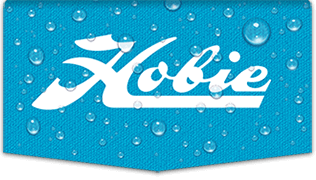atavuss wrote:
what is with all the different classes of life jackets?
In the USA, the Coast Guard classifies floatation devices:
When considering a Type I, II or III - remember that, generally, the lower the number the better the performance. (A Type I is better than a Type II, which is better than a Type III.)
See
http://www.boatsafe.com/nauticalknowhow/pfdbasics.htmType I; Offshore Life Jacket; for
surf/choppy water; usually keeps head out of water face up; best for going BTB (Beyond the breakers, in the Ocean, or across a big 23,000 acre lake on windy/choppy days)
Type II; Near-shore Buoyant Vest; Good for
calm or inland water, or where there is a good chance of fast rescue; Turns
some unconscious wearers
face-up in the waterType III; Flotation Aid; (
I think Class/Type III is all that's "required" for kayaking in most of the USA, unless State law differs. Class III is the most popularly type sold) Good for conscious users in inland water and where there is good chance of fast rescue.;
Wearer may have to tilt head back to avoid going face down; Not for extended survival in rough water; even a concious wearer's face may often be covered by waves; All wearers need to try it in water prior to going boating
Type IV; Throwable Device
Type V; Special Use Device
---------------------
Also see U.S. Coast Guard site :
http://www.uscg.mil/hq/cg5/cg5214/pfdselection.aspTexas Lifesaving Devices (PFDs)
All Personal Flotation Devices (PFDs) must be U.S. Coast Guard approved, in serviceable condition, readily accessible, and of the appropriate size for intended user.
All children under 13 years of age in motorboats under 26 feet in length must wear a U.S. Coast Guard approved PFD while underway. Underway means not at anchor, made fast to the shore, or aground.
All vessels, including canoes and kayaks, must be equipped with one Type I, II, III or V wearable PFD for each person on board. A Type V PFD is acceptable only if used in accordance with the specific instructions on the label of the device.
Vessels 16 feet and longer, excluding canoes and kayaks, are required to be equipped with one Type IV throwable PFD in addition to the Type I, II, III, or V PFD required for each person on board.
Inflatable PFDs are authorized only when used in accordance with requirements as presented on U.S. Coast Guard approval labels. Inflatable PFDs are not approved for use on personal watercraft, waterskiing, or other high speed activity.
Your State may vary, check your State's laws for what is "required," but nothing stops you from getting a "better than required" one.. Texas :
http://www.tpwd.state.tx.us/fishboat/bo ... e_jackets/and
http://www.tpwd.state.tx.us/publication ... 2000_0001/When considering a Type I, II or III - remember that,
generally, the lower the number the better the performance. (A Type I is better than a Type II, which is better than a Type III.)
Type 1 or 2 may be more bulky in front, but no back to interfere with seat back. No sides to interfere with paddling if you are in a Hobie paddle kayak. And, safer than a class 3 in chop/surf.





